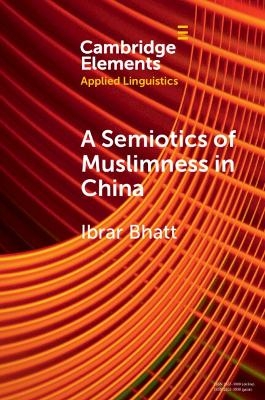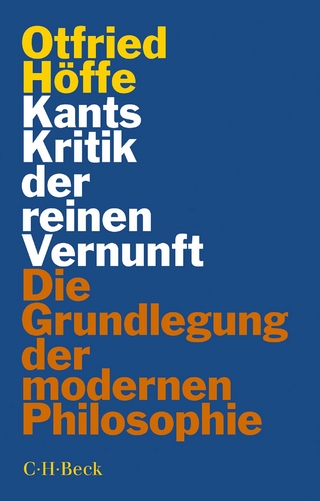
A Semiotics of Muslimness in China
Seiten
2023
Cambridge University Press (Verlag)
978-1-009-41589-7 (ISBN)
Cambridge University Press (Verlag)
978-1-009-41589-7 (ISBN)
This Element examines the semiotics of Sino-Muslim heritage literacy in a way that integrates its Perso-Arabic textual qualities with broader cultural semiotic forms. The author examines how signs of 'Muslimness' are displayed and manipulated in both covert and overt means in different contexts.
This Element examines the semiotics of Sino-Muslim heritage literacy in a way that integrates its Perso-Arabic textual qualities with broader cultural semiotic forms. Using data from images of the linguistic landscape of Sino-Muslim life alongside interviews with Sino-Muslims about their heritage, the author examines how signs of 'Muslimness' are displayed and manipulated in both covert and overt means in different contexts. In so doing the author offers a 'semiotics of Muslimness' in China and considers how forms of language and materiality have the power to inspire meanings and identifications for Sino-Muslims and understanding of their heritage literacy. The author employs theoretical tools from linguistic anthropology and an understanding of semiotic assemblage to demonstrate how signifiers of Chinese Muslimness are invoked to substantiate heritage and Sino-Muslim identity constructions even when its expression must be covert, liminal, and unconventional.
This Element examines the semiotics of Sino-Muslim heritage literacy in a way that integrates its Perso-Arabic textual qualities with broader cultural semiotic forms. Using data from images of the linguistic landscape of Sino-Muslim life alongside interviews with Sino-Muslims about their heritage, the author examines how signs of 'Muslimness' are displayed and manipulated in both covert and overt means in different contexts. In so doing the author offers a 'semiotics of Muslimness' in China and considers how forms of language and materiality have the power to inspire meanings and identifications for Sino-Muslims and understanding of their heritage literacy. The author employs theoretical tools from linguistic anthropology and an understanding of semiotic assemblage to demonstrate how signifiers of Chinese Muslimness are invoked to substantiate heritage and Sino-Muslim identity constructions even when its expression must be covert, liminal, and unconventional.
1. Introduction; 2. The semiotics of sini calligraphy; 3. The semiotics of food heritage; 4. Heritage literacy in liminal spaces; 5. Conclusions: a semiotics of muslimness; References.
| Erscheinungsdatum | 12.12.2023 |
|---|---|
| Reihe/Serie | Elements in Applied Linguistics |
| Zusatzinfo | Worked examples or Exercises |
| Verlagsort | Cambridge |
| Sprache | englisch |
| Gewicht | 144 g |
| Themenwelt | Geisteswissenschaften ► Philosophie ► Erkenntnistheorie / Wissenschaftstheorie |
| Geisteswissenschaften ► Religion / Theologie ► Islam | |
| Geisteswissenschaften ► Sprach- / Literaturwissenschaft ► Sprachwissenschaft | |
| Sozialwissenschaften | |
| ISBN-10 | 1-009-41589-1 / 1009415891 |
| ISBN-13 | 978-1-009-41589-7 / 9781009415897 |
| Zustand | Neuware |
| Haben Sie eine Frage zum Produkt? |
Mehr entdecken
aus dem Bereich
aus dem Bereich
die Grundlegung der modernen Philosophie
Buch | Softcover (2023)
C.H.Beck (Verlag)
18,00 €
Buch | Softcover (2023)
Reclam, Philipp (Verlag)
7,00 €


![Was heißt Denken?. Vorlesung Wintersemester 1951/52. [Was bedeutet das alles?] - Martin Heidegger](/media/113619842)